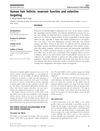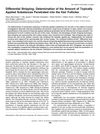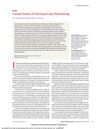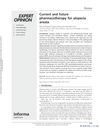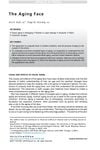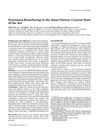Ablative Fractional Resurfacing in Topical Drug Delivery: An Update and Outlook
June 2013
in “
Dermatologic Surgery
”
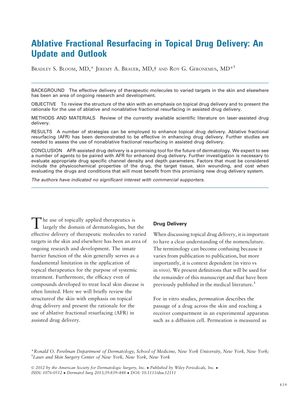
TLDR Ablative fractional resurfacing could improve how well topical drugs penetrate the skin, but more research is needed to fine-tune the method.
The document reviewed the potential of ablative fractional resurfacing (AFR) to enhance the delivery of topical drugs through the skin by creating microthermal zones (MTZs) that bypass the stratum corneum, the main barrier to drug penetration. It emphasized that AFR could significantly improve the absorption of drugs, such as lidocaine, into the bloodstream and that the diffusion distance from laser channels is crucial for determining the optimal channel density for drug delivery. The review noted that the physicochemical properties of drugs and the required channel depth are important factors in drug permeation, with larger molecules possibly needing higher channel densities. Although deeper channels created by higher fluence do not always result in increased systemic absorption, they are more effective when reaching the vascular plexus. The document also referenced a pilot study using AFR with bone marrow stem cells in mice, showing functional recovery. The overall conclusion was that AFR-assisted drug delivery holds promise, but more research is necessary to optimize channel density and depth for specific drugs.
